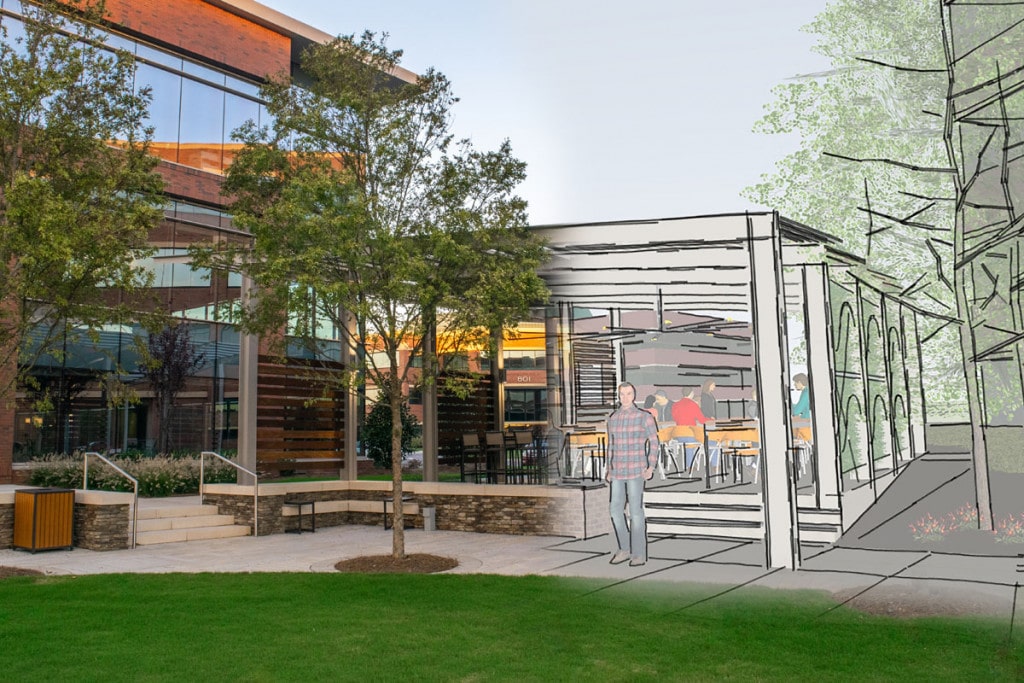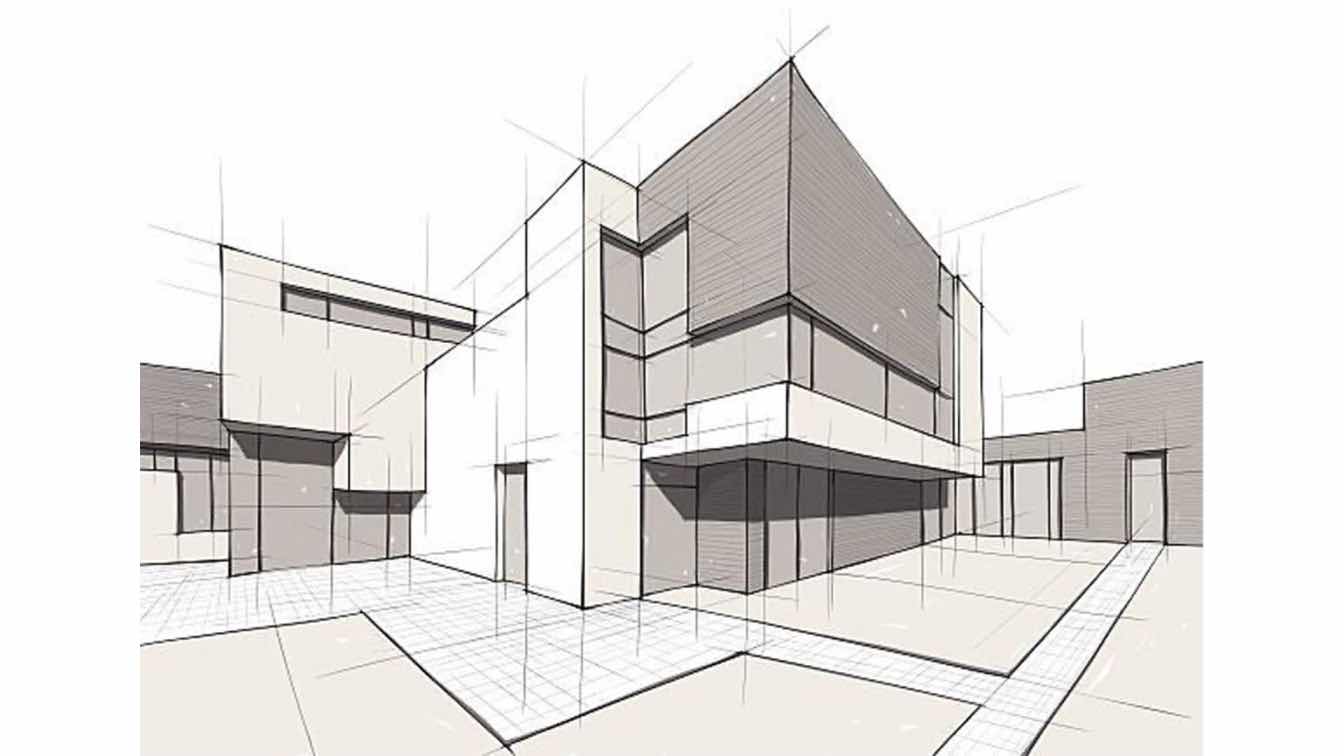The Creative Process Behind Effective Tasks from CDA Architects
An Extensive Summary of Building Designs and Their Influence on Modern City Planning and Development
Building designs have long functioned as a mirror to the social values and technical developments of their time, playing a vital role in shaping modern city preparation and growth. From the grandeur of Neoclassicism to the practical method of Brutalism, each design has actually introduced special concepts that affect city visual appeals and capability. As modern challenges emerge, consisting of sustainability and area needs, comprehending these historical structures becomes crucial. The resulting discussion not just notifies future layout methods yet additionally raises relevant concerns about the equilibrium in between heritage and technology in our advancing urban landscapes.

Historical Overview of Architectural Designs
Throughout history, building styles have progressed in feedback to cultural, technological, and ecological aspects. Each period reflects the dominating values, beliefs, and innovations of its time, bring about a rich tapestry of layout that symbolizes human creative thinking and adjustment. The old people, such as the Egyptians and Greeks, developed fundamental styles that emphasized symmetry and percentage, serving both practical and visual purposes.
As societies transitioned with the Center Ages, Gothic design emerged, identified by its verticality and complex outlining, matching the spiritual goals of the era. The Renaissance marked a rebirth of classic ideals, merging art and style in innovative methods that affected succeeding designs across Europe.
The Industrial Transformation presented new materials and building and construction methods, triggering movements like Innovation, which challenged traditional types and embraced simpleness and capability. The 20th century saw a diversity of styles, with Postmodernism responding against the raw minimalism of its predecessor, incorporating historical references and eclectic components.
Today, building styles remain to develop, driven by globalization and sustainability issues, reflecting a vibrant interaction between heritage and innovation (cda architects). This historic introduction emphasizes the relevance of style as a mirror of societal advancement and as a catalyst for urban development
Key Architectural Styles Explained
The variety of architectural designs shows the myriad impacts that form our constructed environment, each personifying distinctive attributes and social significances. Trick architectural styles include Timeless, Gothic, Baroque, Modernism, and Postmodernism, each representing special historical contexts and visual philosophies.
Timeless design, rooted in ancient Greece and Rome, highlights proportion, percentage, and the use of columns. In contrast, Gothic design, prospering between Ages, is characterized by sharp arcs, ribbed vaults, and flying buttresses, developing a heavenly high quality in basilicas. Baroque architecture, emerging in the 17th century, is marked by majesty, elaborate ornamentation, and a dynamic interaction of light and darkness.
Innovation, which gained energy in the very early 20th century, prioritizes function over type, making use of new materials like steel and glass to create minimalist structures. Postmodernism, responding against the austerity of Innovation, welcomes eclecticism and historic referral, commonly incorporating spirited aspects and paradox.
Understanding these styles provides insight right into the cultural narratives and technological developments of their respective periods, highlighting exactly how design serves not equally as a shelter, but as a reflection of social values and desires.
Influence On Urban Preparation
In shaping the advancement of cities, architectural styles dramatically influence urban planning choices. The selection of architectural style commonly determines the visual appeals, performance, and total personality of urban settings.
Moreover, building designs can influence zoning regulations and land make use of plans. Urban organizers have to take into consideration the dominating architectural patterns when creating areas, making certain that new advancements integrate with existing frameworks. This consideration promotes natural urban landscapes and enhances area identification.
The execution of specific building designs can also affect socioeconomic aspects within a city. As an example, premium contemporary styles might draw in affluent homeowners and businesses, bring about gentrification, while much more economical housing solutions may prioritize sensible and lasting styles to fit varied populaces. Inevitably, the interaction in between building designs try this website and city planning creates dynamic cities that show both historical context and modern requirements, shaping the lived experiences of their residents.
Sustainability and Modern Design

Contemporary architectural motions, such as biophilic layout and eco-friendly style, advocate for frameworks that integrate with their surroundings, utilizing natural products and advertising biodiversity. These styles often include renewable resource sources, such as solar panels and wind turbines, to decrease dependence on nonrenewable fuel sources and reduced carbon footprints.
Additionally, the assimilation of advanced innovations, such as wise structure systems, enhances power monitoring, optimizing source usage while guaranteeing resident comfort. Cutting-edge water management approaches, consisting of rainwater harvesting and greywater recycling, more add to lasting city atmospheres.
Notably, sustainability extends past environmental issues; it includes social and economic dimensions. By cultivating area well-being and promoting inclusivity, modern-day architectural styles straighten with sustainable advancement objectives. The development of architectural practices proceeds to form resistant cities that not just fulfill the demands of the existing but also protect the future for generations to come.
Community Involvement in Layout
Area interaction in design functions as an essential bridge in between architects and article the populations they offer, making certain that the built setting shows the requirements and desires of its customers. This collaborative procedure welcomes area members to add their insights and preferences, promoting a feeling of ownership and obligation toward the areas they occupy.
Reliable area engagement uses numerous methods, such as workshops, surveys, and public forums, to collect diverse viewpoints. These methods facilitate a two-way dialogue, allowing designers to recognize local contexts while equipping locals to voice their problems and desires. This inclusivity not only boosts the style quality however likewise advertises social equity by addressing the one-of-a-kind obstacles faced by marginalized groups.
Furthermore, area interaction can bring about innovative remedies that might not arise in a typical design process. By incorporating local knowledge and cultural values, architects can produce areas that reverberate more deeply with users, enhancing use and sustainability. Inevitably, focusing on neighborhood interaction in layout processes causes atmospheres that support social interactions, support well-being, and strengthen neighborhood connections, thus playing an see essential function fit modern urban landscapes.
Conclusion
Building designs have actually profoundly influenced modern city planning and development, mirroring progressing social and technical contexts. The assimilation of historic looks with contemporary needs cultivates urban atmospheres that prioritize sustainability and neighborhood involvement. As cities remain to grow and adapt, the continuous discussion between architectural heritage and modern-day design concepts will certainly stay essential in creating comprehensive, lively spaces that enhance lifestyle and advertise social equity. The future of city growth rest on this unified equilibrium.